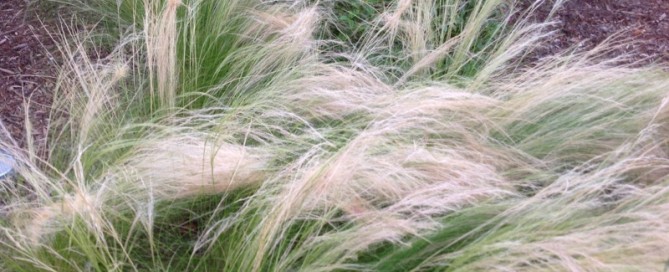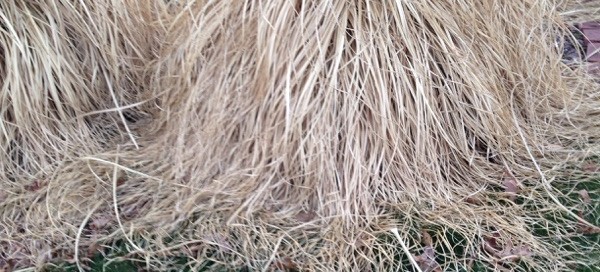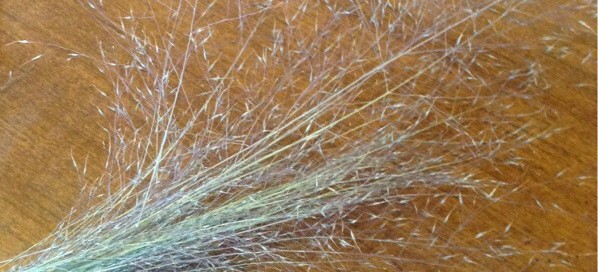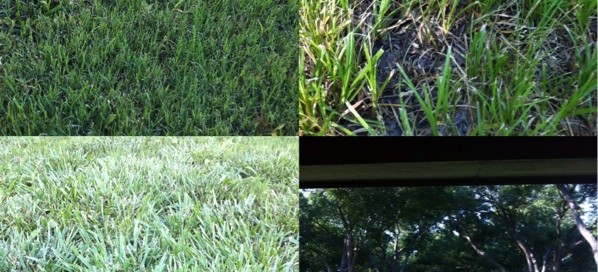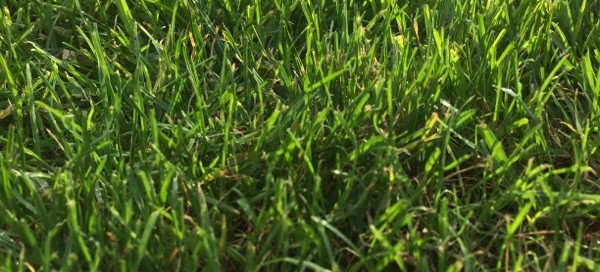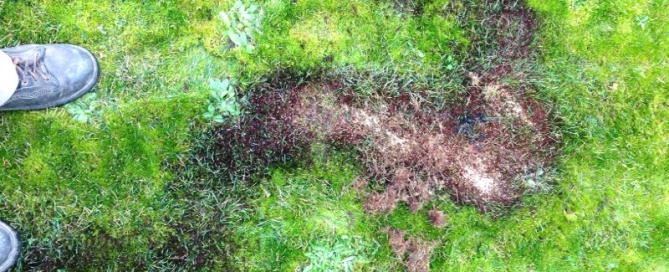Triming Ficus
Many species of grass do best with an annual trimming to rejuvenate the plant and remove any dead foliage and flowers. Mexican feather grass is one that definitely does best with a trim. The proper way to do it is using hand pruners or shears and cut almost all the way to the soil line leaving only an inch above ground. Depending on the number of plants it can be time consuming, but only needs to be done once a year. You cannot trim them back too far, but can trim not far enough. Closer to the ground is better. This may seem drastic and too hard, but I assure you this is by far the best way and will quickly come back looking much better. Within just a week new foliage will be pushing up fast and replace the old growth. You will be pleasantly rewarded in trimming them this way and will look like new plants surprisingly fast. This is a good time to add a little fertilizer and provide a deep watering to promote faster bounce back. This is a common horticultural technique for rejuvenating grasses.
